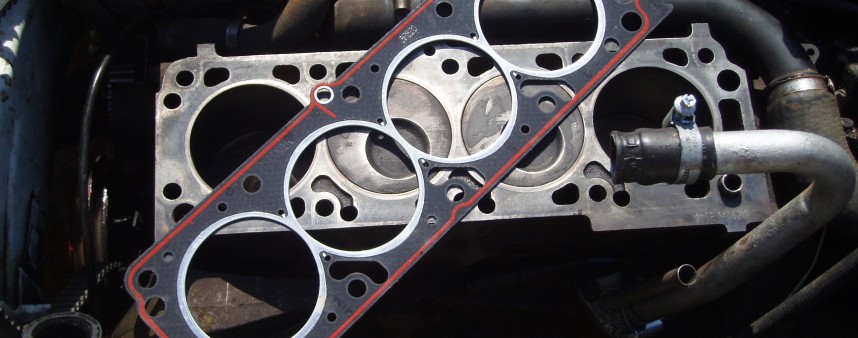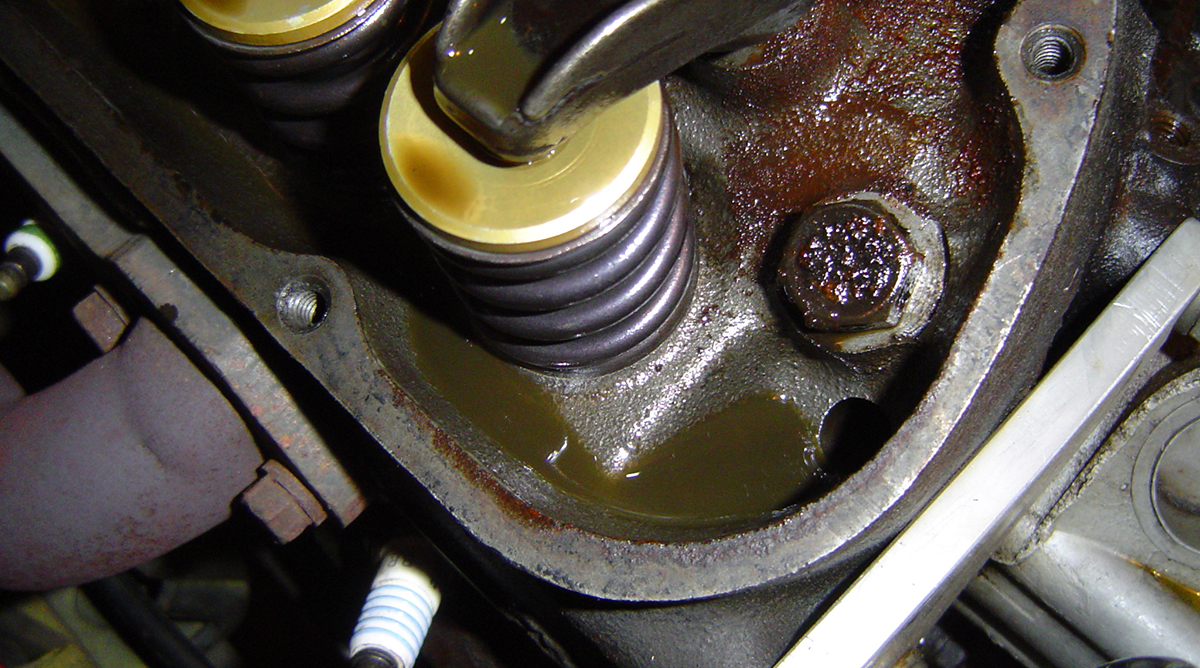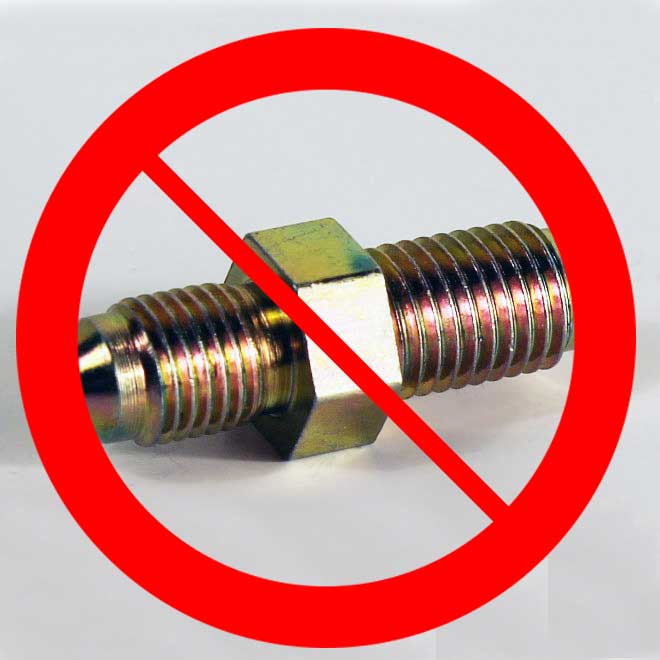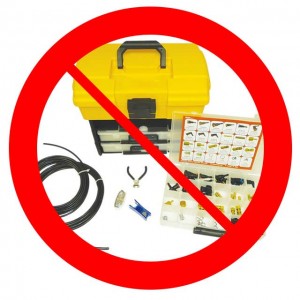Archive for the Uncategorized Category
Feb16
Will starting my car in cold weather and not running it long cause my car to blow a head gasket?
Comments Off on Will starting my car in cold weather and not running it long cause my car to blow a head gasket?

0.45 miles.
That’s how far my wife’s car made it before it rolled to a stop mid intersection and died.
When we were dating my wife (girlfriend at the time) had to do these clinical studies to finish her degree. Unfortunately the program coordinator wasn’t very good with geography and had her driving over an hour to “work” every day. I say she wasn’t good with geography because there were other people in the course who drove past her in the morning to do their clinicals in our town.
She called me one day and said her car was making a “noise”
When someone tells you they heard a noise it’s not good news. In fact it was the worst news. The worst part was that she started hearing the noise about halfway in her morning commute. One thing about my wife is she has always been super dedicated to not letting people down. We get 10 inches of snow and she still goes to work.
What kind of noise? I asked
Ticking? I don’t know. It’s loud.
How long did it do it?
Well it started on the way to work this morning but I just drove it anyway because I didn’t want to be late.
Oh boy.
If you’ve ever heard an engine die of no oil you know its kind of like that sound you hear early in the morning when you first start the engine. A rapid ticking ticking sound except it never goes away. In fact it usually gets louder.
I asked my dad what to do and he said it was probably too late. Just put some oil in it and try to limp it home. As I followed her home that afternoon I got to watch her roll to a stop in the middle of an intersection as the engine finally gave up.
It’s one of the worst feelings you can get. The death of a car. It’s even worse when it’s your daily driver. In the years since we’ve both gotten older and she would never make the same mistake again. Actually today we maintain the cars much better than back then so the whole thing probably wouldn’t happen anyway.
But I’m still paranoid. You probably know the feeling. It’s your only way to work. Most of us can’t afford to carry a spare car just in case a repair takes more than a day.
So I can understand when someone asks about blowing a head gasket in a weird way by driving short distances every day. I remember hearing this when I was a teenager and it’s not bad advice in general but what about those of us who have to do it. Should we drive around the block to get to 195 degrees each day even if we only need to go a mile or two down the road?
So what does happen if I don’t let my car warm up
Well unfortunately this isn’t really a solid science but there are some concrete facts you can use to make your own judgement.
Condensation can build up. You’ve seen it before. The guy in front of you at the red light has water dripping out of his tailpipe. If you go too long without getting your whole exhaust system up to operating temperature you can get water pools in odd places like the muffler. This can be really bad when it starts to rust from the inside out. Unless you think it makes you sound like you’ve got straight pipes or something. Spoiler alert: it doesn’t.
Another consideration is that oil’s consistency changes with temperature. When it’s cold it doesn’t flow as well as when it’s warm or hot. Since the oil flows out of your engine overnight it makes it harder for the engine to cycle thick cold oil into all the right places.
But condensation can also creep up in your oil. With the engine never getting up to normal operating temperature the small bit of water that naturally finds its way into the crankcase never gets evaporated and builds up. This leads to sludge and reduces your oils ability to lubricate. If you have ever changed your oil and had it be milky or yellowish you have a condensation problem. Or of course it could mean someone put washer fluid in the oil fill but you’ve got other problems there.

Image cropped: © Ryan Frost
But what about my head gasket?
Well it’s probably going to be ok. Condensation can be an issue in many parts of your engine and it can cause corrosion of your head gasket. But in general you probably aren’t going to have a lot of issues caused by short term driving as long as every now and again you do get it up to operating temperature.
One thing to be careful of is don’t rev your engine up while it’s still warming. If you are just doing short 5 minute trips to work every day and someone wants to race you at the red light just say no. Engine parts ride on a thin layer of oil to keep them lubricated. This oil doesn’t stay in place when the engine isn’t running so part of the warming process is for the engine to re lubricate itself.
If you aren’t going to be driving very far it is still a good idea to let the car warm up though. If you can. And at least once a week let it get up to normal temp. This gives the entire system a chance to boil/evaporate off any water that has found its way in.
Keep Your Oil Changed and Use the Right Weight
Your owners manual specifies an oil weight and viscosity for a reason. Most modern vehicles can go more than the age old 3,000 miles to at least 5,000. Consult your manual and get your oil changed when it’s time. This alone can combat condensation build up even if you don’t do anything else. Don’t mix in extra weight oil in the hopes that it will do a better job. It won’t.
Final thoughts and tips.
It isn’t always possible but remember the following and try to do them whenever time permits.
- Don’t start the car and start driving immediately. Let it warm up as long as you can stand but at least let the RPMs drop to normal operating range before shifting gears.
- Take it easy on the transmission until the engine temp reaches operating range.
- Change your oil regularly at the indicated mileage point in your manual.
- Don’t let your oil ever run low. If you have a problem with topping off you need to check your oil ever other fill up and keep it in the operating range. When you can get the leak fixed.

If you have ever worked on the brake system of an old car chances are you’ve seen Hexavalent Chromium or Cr(VI). Introduced as a cheap alternative to zinc it provided a nice protective barrier for exposed connections. You can tell them because they are gold in color. Even today if you visit your local auto parts store you’ll find a lot of older stock that uses hexavalent chromium.
A Block Buster Movie
The dirty secret is that the process of plating items with Cr(VI) is known to cause cancer and is horrible for the environment. You may remember Erin Brockovich the true story of a legal clerk fighting for the environment (it won academy award for best actress).
We are Done With Hexavalent Chromium
Our main supplier switched plating to the better Trivalent Chromium (not perfect but significantly better for the environment and easier to avoid contamination) years ago but we still receive a handful of parts from them with the old Hexavalent plating.
So we’ve decided to drop several products with the old platting. We are sorry for any inconvenience this may cause our customers but we believe that in 2014 it’s important to make changes for the future.
Discontinued Products
Currently the following products are discontinued:
- BQ85 – M20 x 1.5 Bulkhead Nut
- BQ86 – M18 x 1.5 Bulkhead Nut
- BQ87 – M16 x 1.5 Bulkhead Nut
- BQ88 – M14 x 1.5 Bulkhead Nut
- BQ113 – 5/8 x 18NF Female Tube Joiner
- BQ128 – M10 x 1.25 No3 JIC Adapter
- BQ130 – M10 x 1.5 No3 JIC Adapter
- BQ152 – M10 x 10mm Double Banjo Adapter
Fuel Line Kit
The biggest impacted product is our fuel line repair and replacement kit. We have discussed with our supplier and unfortunately this product is sourced from various places and our request to eliminate any Hexavalent plated parts cannot be fulfilled. Unfortunately this means that we must discontinue this kit in it’s entirety. If you have purchased a fuel line repair kit and need replenishment contact us and we can put you in touch directly with someone who can help you.

